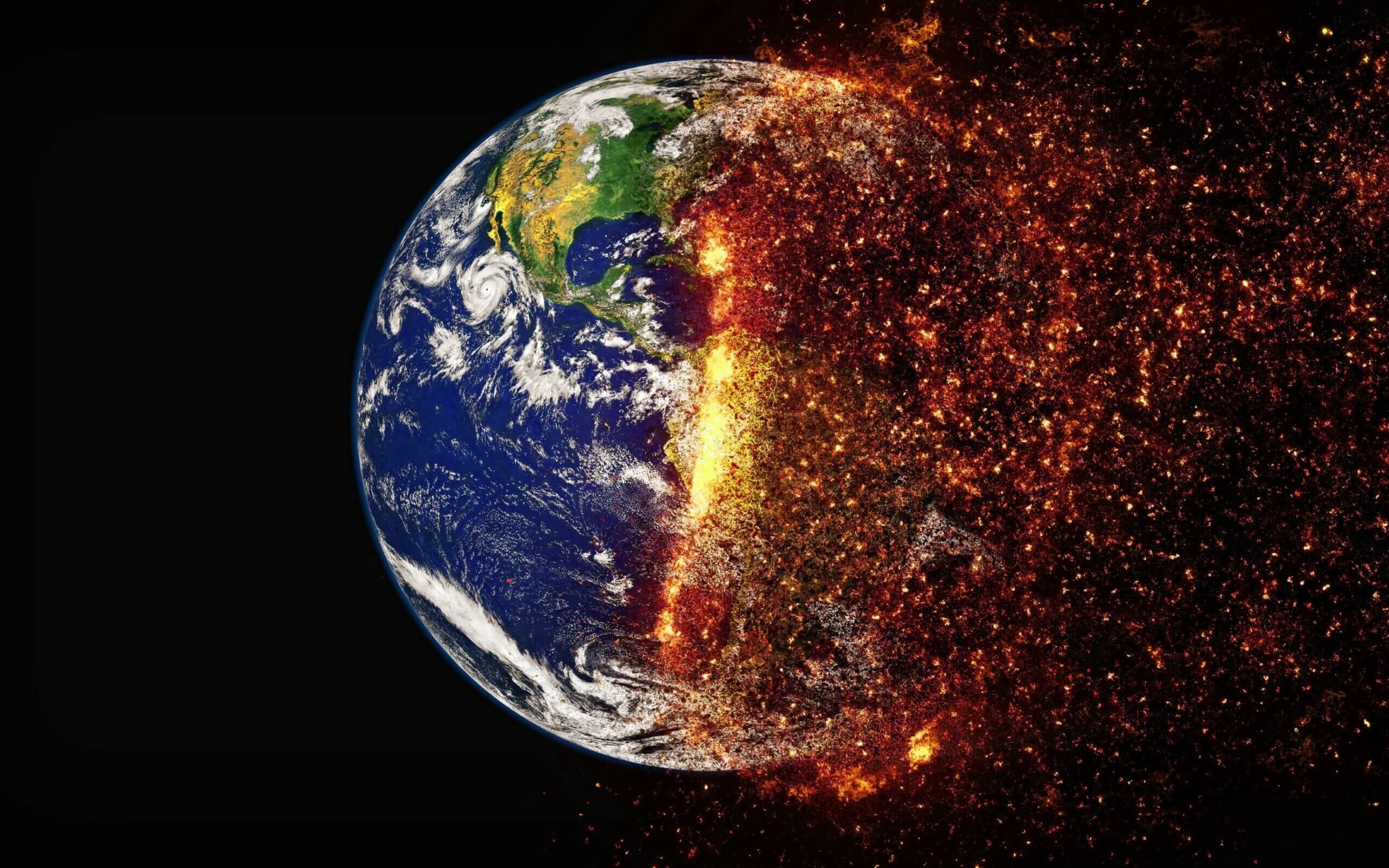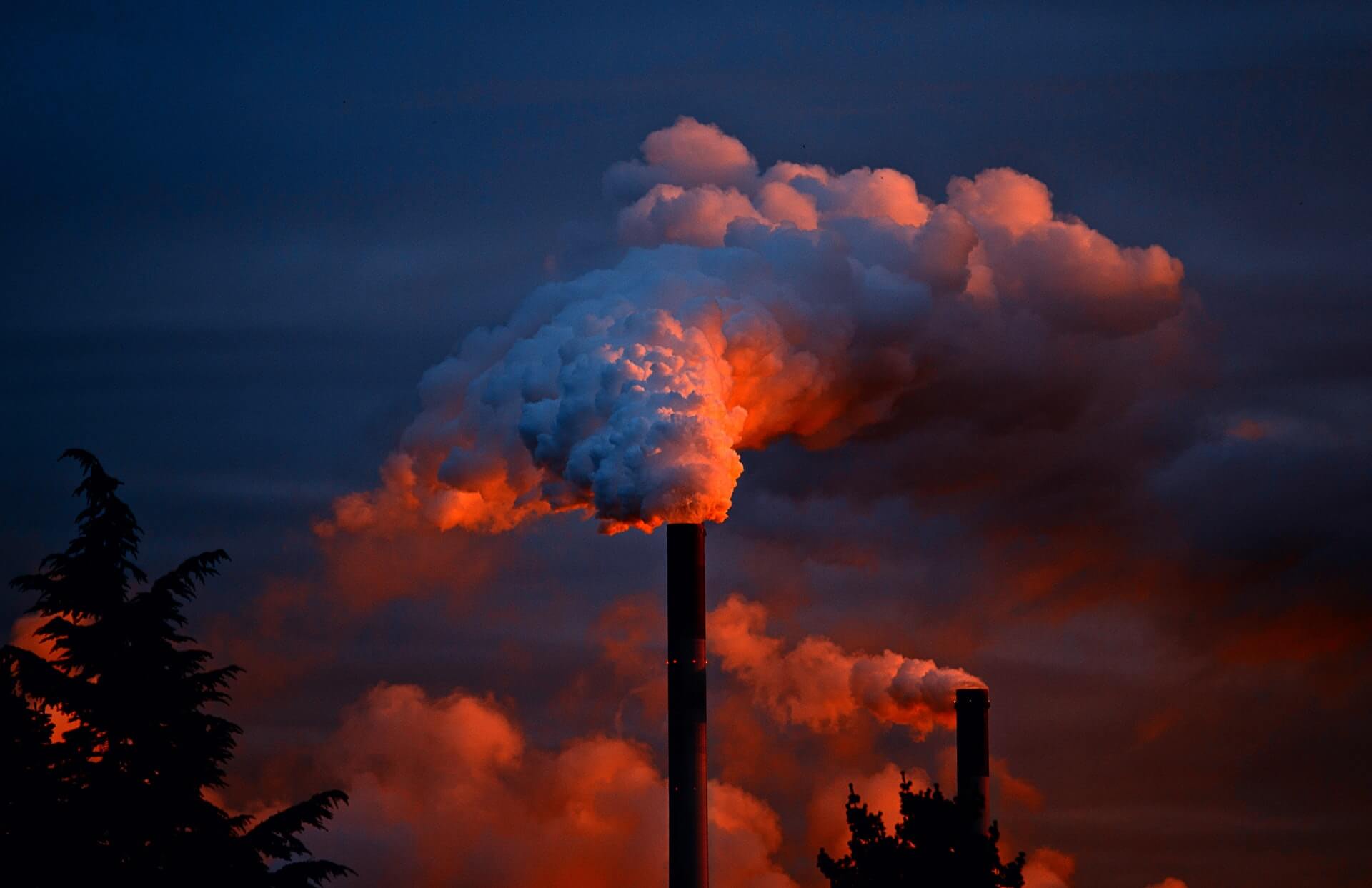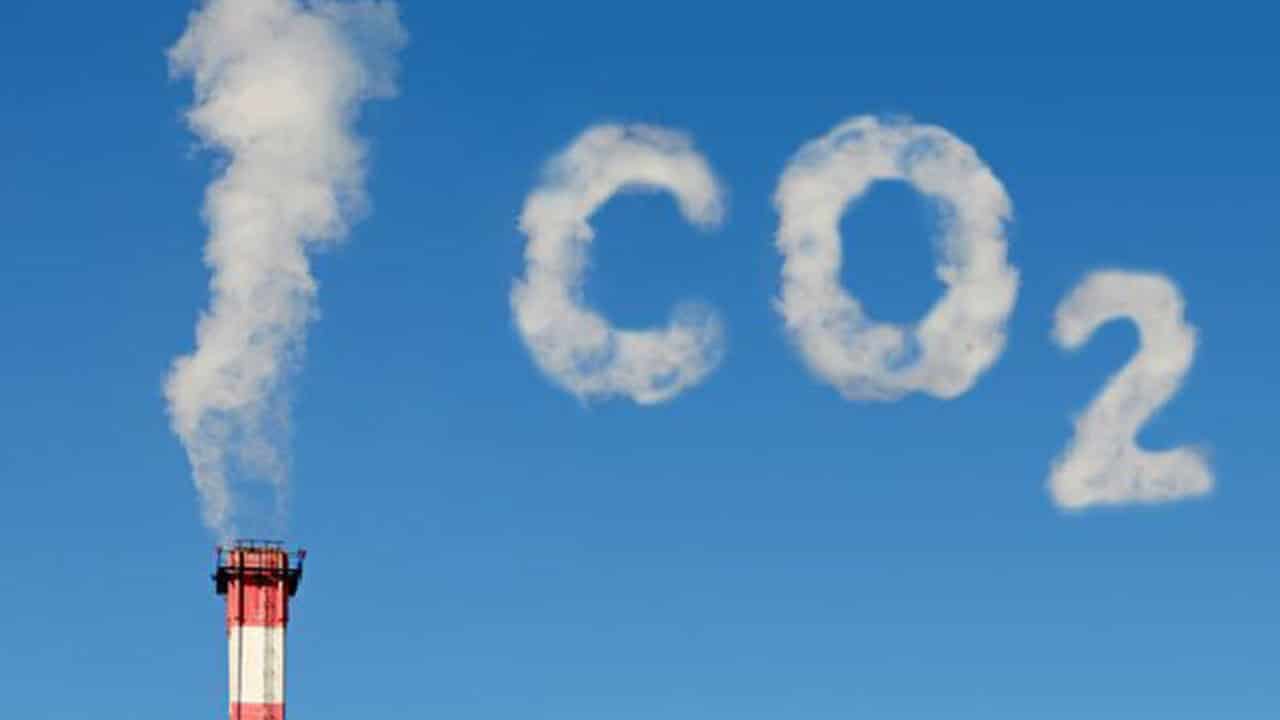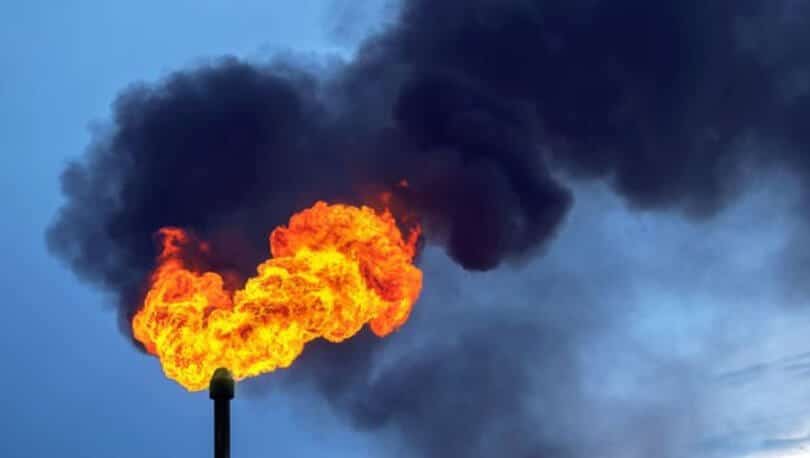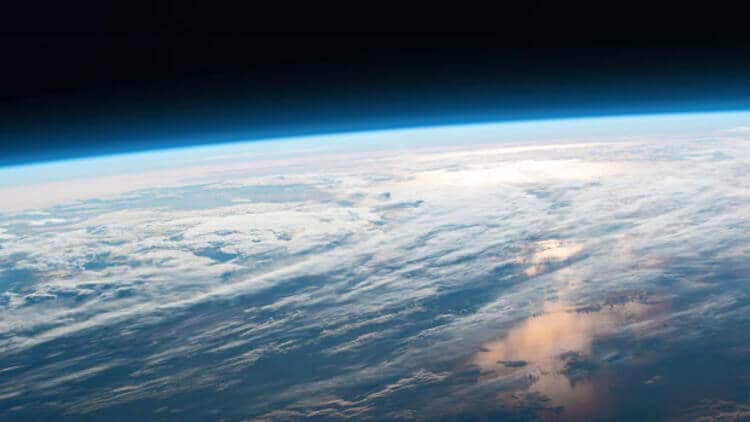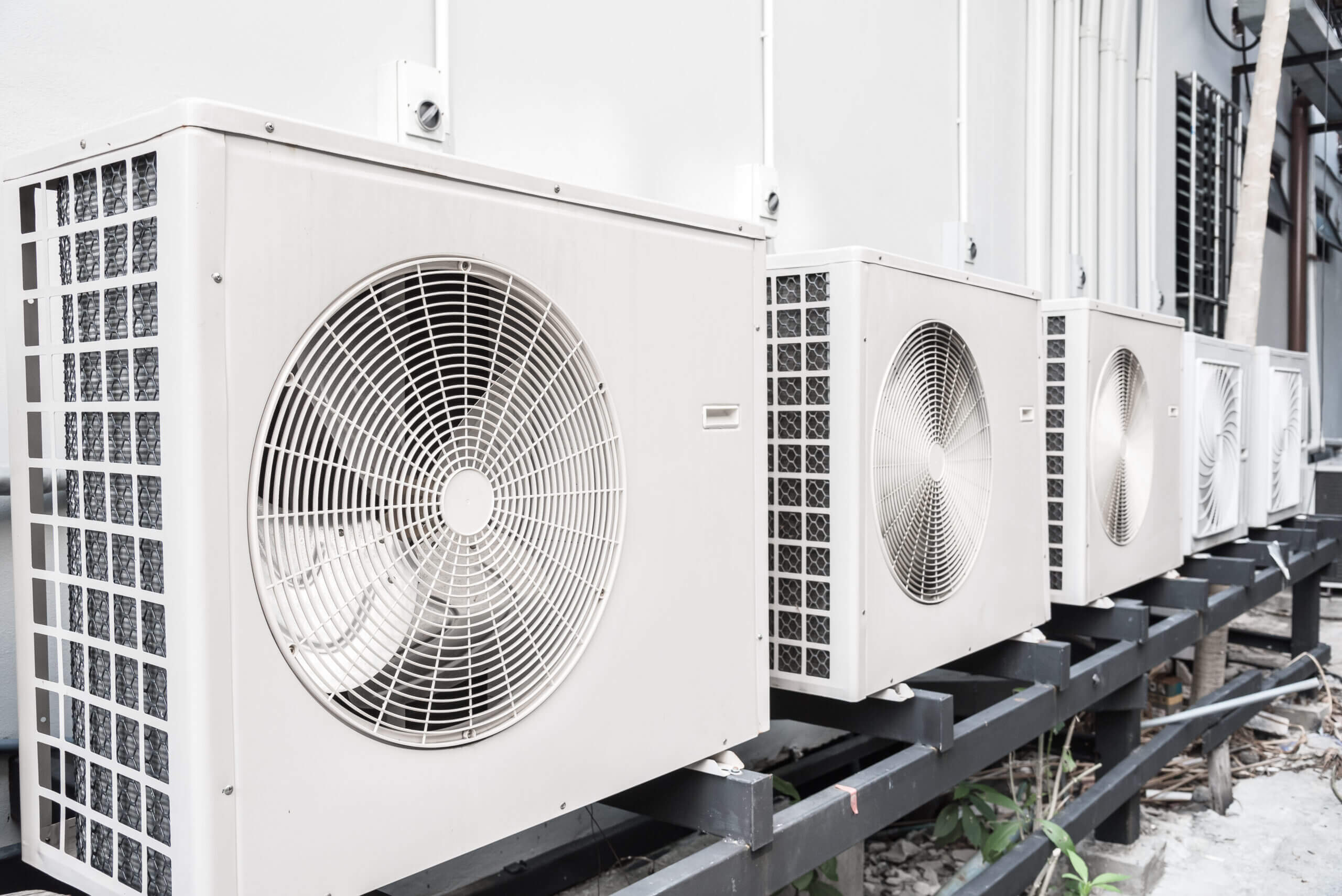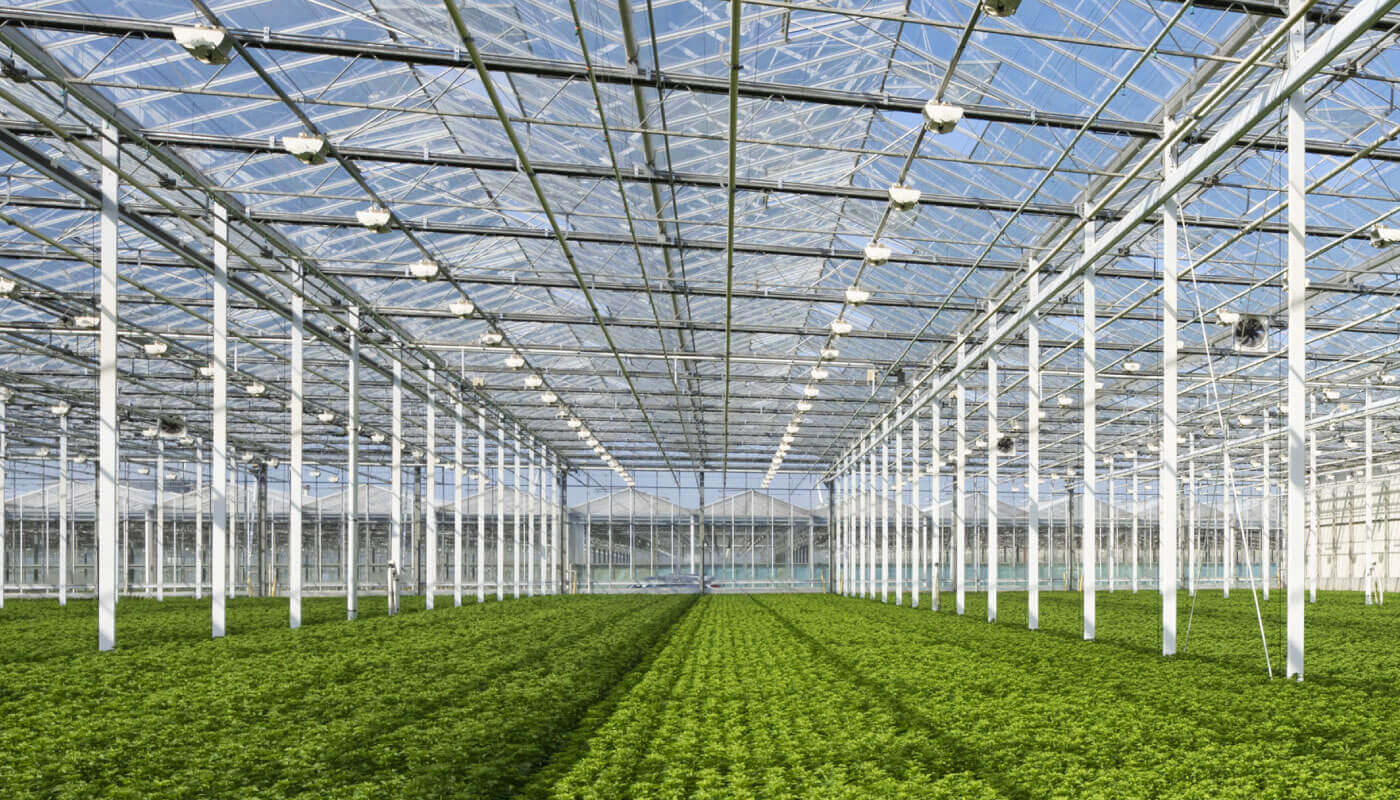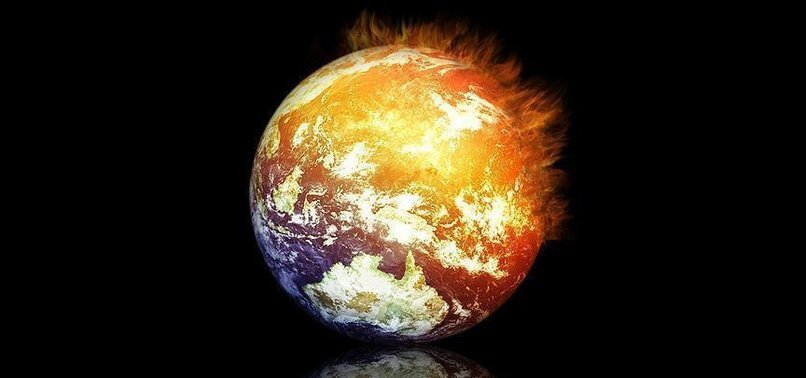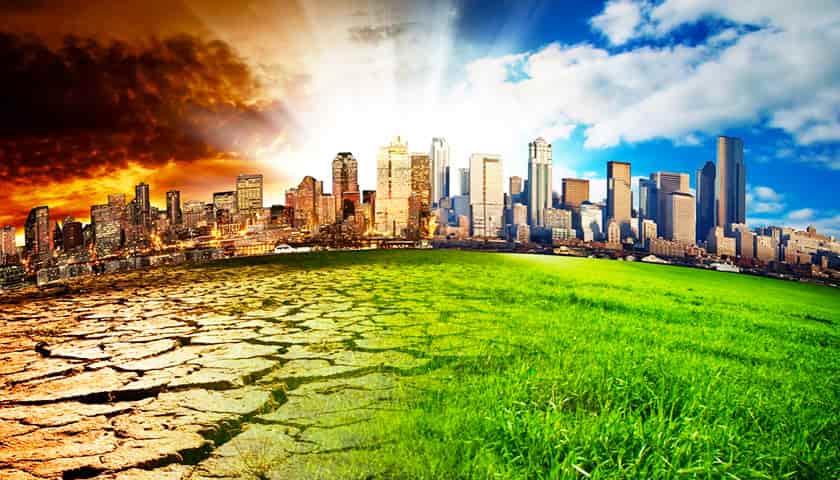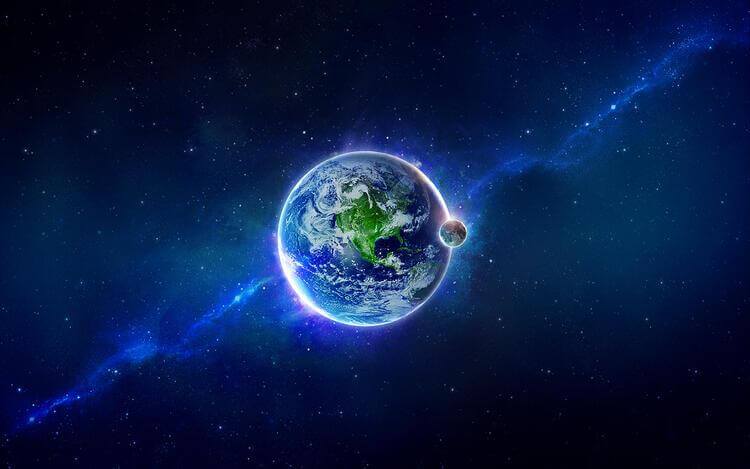Together with the greenhouse effect, the biggest problem affecting humanity today is the climate crisis. The answer to the question of what caused the climate crisis is very simple: the way of life of humanity. The most well-known effect of humanity’s lifestyle on the climate crisis is greenhouse gases.
The areas made of glass or nylon for the purpose of carrying out agricultural activities are called greenhouses. The sun’s rays provide warm air to the plants inside the greenhouse. Because the outer coating, which is glass or nylon, keeps the heat inside. The heat that fills in during the day stays inside at night thanks to this insulation, preventing the plants from freezing.
What is Greenhouse Gas?
The warming of the world is due to greenhouse gases. Greenhouse gases keep the heat in the earth’s atmosphere, preventing the earth from becoming an ice-covered desert. This system is called the greenhouse effect.
The lack of greenhouse gases turns the world to ice, while the excess of greenhouse gases makes the world very hot. In the last few centuries, fossil fuels have been used as fuel in factories, trains and cars without stopping. The use of fossil fuels causes intense carbon dioxide emissions. The excessive emission of carbon dioxide causes the world to warm more. The increasing amount of carbon dioxide is causing the world to warm up rapidly.
Gases Causing the Greenhouse Effect
1) Carbon dioxide (CO 2 )
Carbon dioxide poses the greatest danger to the greenhouse effect. Carbon dioxide has a permeable structure as the sun’s rays reach the earth. At the same time, it absorbs the reflected rays that hit the earth. late 18th century Until the early 19th century, the average concentration of carbon dioxide in the atmosphere was between 280-290 ppm. More use of fossil fuels, development of industry, etc. With the developments, this concentration increased to 380 ppm. With the developing technology and fuels used by the increasing population, the increase in carbon dioxide in the atmosphere continues rapidly.
2) Methane (CH 4 )
For centuries, the rate of methane gas in the atmosphere remained the same. However, with the changes in the last few centuries, the rate of methane gas in the atmosphere has almost doubled. Methane gas is 21 times more persistent than carbon dioxide. Because of this lasting effect, it is quite dangerous for our world.
Garbage is a problem of many countries. Especially in America and many Western countries, garbage dumps that take up quite a lot of space pose a problem. Organic residues in the garbage are decomposed and a large amount of methane gas is released in this process. Explosions may occur if these areas are not properly ventilated. In addition to causing explosions, the rate of methane gas in the atmosphere increases and the greenhouse effect reaches dangerous levels.
3) Nitrous Oxide and Water Vapor
Oxygen and nitrogen enter into various chemical reactions at 250 degrees Celsius and nitrogen oxides are formed. Nitrogen oxides, which come out during the combustion of fossil fuels with solid waste, pollute the environment by coming out of the exhaust of the cars.
One of the most important triggers for the greenhouse effect is water vapor. Global warming affects the density of water in the troposphere. Increasing water vapor with warming has a great impact on the change of climates.
4) Chlorofluorocarbons (CFCs )
These gases came into our lives in the 1950s. These gases, which come out of refrigerators, air conditioners, sprays, fire extinguishers and similar products, destroy ozone for the greenhouse effect ….. The gases called chlorofluorocarbons are as follows: DDT, dioxin, mercury, lead, vinyl chloride, PCBs, sulfur oxide, sodium nitrate. and polymers.
Earth and Greenhouse Similarity
The atmosphere consisting of carbon dioxide and similar gases is similar to the glass/nylon ceiling of the greenhouse. During the day, the sun’s rays warm the earth, and at night the earth begins to cool. In the daytime, it releases the heat it absorbs back into the air, but greenhouse gases hold and store this heat in the atmosphere. In this way, the temperature of the world remains at an average of 15 degrees Celsius.
The rays reflected back from the earth are called infrared radiation. Greenhouse gases in the atmosphere absorb infrared rays. It acts as a kind of stove. With the increase in the rate of greenhouse gases, this temperature value increases day by day. Increasing this temperature triggers global warming and climate change.
Does the Temperature Increase with the Greenhouse Effect?
While 15 degrees can be considered quite cold for some parts of the world, it is considered hot for some regions. However, when taken as a general average, the average temperature of the world is 15 degrees Celsius. While the world is warming day by day with the greenhouse effect, this average temperature also changes and shakes all the balances. Increasing the temperature of the earth is very harmful for the ecosystem. Even a single degree increase will cause major changes in the system.
How Do Clouds Affect the Greenhouse Effect?
Clouds are in the form of cooled water vapors and fall to the earth by turning into water form again in drops. Clouds contain some of the earth’s heat with the heated water vapor. In addition to containing some of the heat, it reflects some of the sun’s rays back to space, thanks to its bright white upper parts. Thanks to the reflective feature of the clouds, a certain amount of energy from the sun returns before it reaches the earth.
At night, clouds retain some of the earth’s heat, but do not release it into space. The water vapor that evaporates with the hot air does not disappear in the world. On the contrary, it creates clouds and that heat is kept in the world at certain rates.
Studies conducted to date have not yet answered the questions of whether the clouds warm the world or keep it cool.
What are the Consequences of the Greenhouse Effect?
With the greenhouse effect, our world is warming day by day. This rising temperature will cause the melting of glaciers, landslides in coastal areas and settlements that will be flooded due to rising water levels, disruption of the balance of the seasons, and drought in some regions. In addition to these, it will cause migrating animals to stop migrating due to temperature changes and to extinction. In addition to its effects on animals and nature, it also poses great problems for human health. Climate change will show up as heart, allergy and respiratory disease in many people.
What Can We Do to Prevent the Greenhouse Effect?
The climate crisis is a problem for all of us and each individual must do their part to solve it. In this context, the measures we can take individually on our behalf are as follows:
- Preferring public transport as much as possible
- Not using unnecessary air conditioners and similar tools
- Preferring recyclable products in all areas of life
- Demanding low carbon in all kinds of consumer products
- Making sure that the houses you live in are insulated/Insulated

